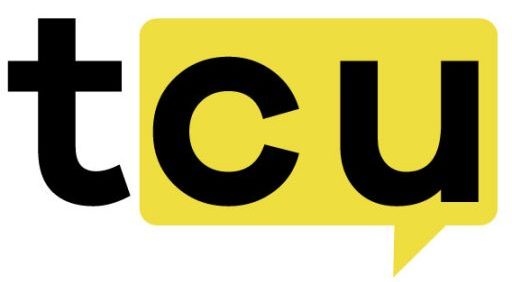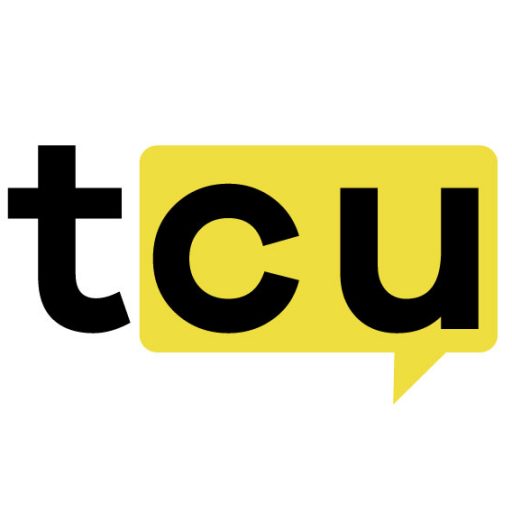It seems like just about every major crypto project is suddenly thinking a lot more about their treasuries these days. It’s not just about holding assets anymore. They’re trying to figure out how to make that stored value actually work for them—and maybe even change how the whole ecosystem functions.
Chainlink’s New Onchain Reserve
Earlier this month, Chainlink made a move. They announced the launch of an onchain treasury, funded with revenue from their network services. The idea is pretty straightforward: fees collected, both onchain and from big enterprise clients, get converted into LINK and then deposited. It creates a direct link—no pun intended—between usage and demand for the token.
So far, the reserve isn’t enormous. Onchain data shows it holds a little over 100,000 LINK, worth around $2.6 million. But it’s early. Chainlink hasn’t said how often they’ll add to it, or how much. Still, it feels like part of something bigger. A shift from just sitting on reserves to actively using them.
Different Approaches to Driving Demand
What’s interesting is how different projects are tackling this. Chainlink’s method uses new revenue—money coming in from the outside—so it doesn’t have to sell from its existing pile. It just accumulates.
Then there’s Cardano. Charles Hoskinson floated an idea back in June: take a slice of their $1.2 billion ADA treasury, maybe 5-10%, convert it into Bitcoin and stablecoins, and use the yield to buy back ADA. It’s a different kind of loop. It would create sell pressure upfront, no question, but could set up steady demand down the line if it works.
Some analysts think these kinds of sustained buybacks could pay off for token holders. But it’s still speculative. No one really knows how much impact it’ll have, especially on tokens that trade billions of dollars a day.
Big Money and Big Questions
And then there’s the scale of some of these efforts. World Liberty Financial, linked to the Trump family, is building a $1.5 billion treasury from the get-go through a Nasdaq-listed vehicle. Half in tokens, half in cash. It’s a completely different approach—massive and immediate.
It raises questions, of course. About influence, about market impact, about what happens when this much value is pooled and managed in specific ways. For now, it’s all just playing out. We’ll have to wait and see which of these strategies actually stick.
![]()


